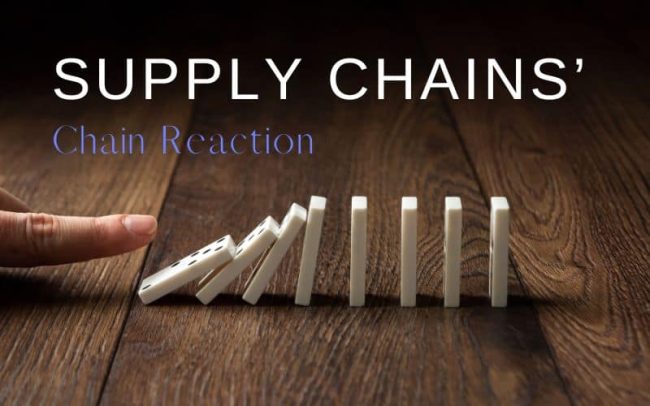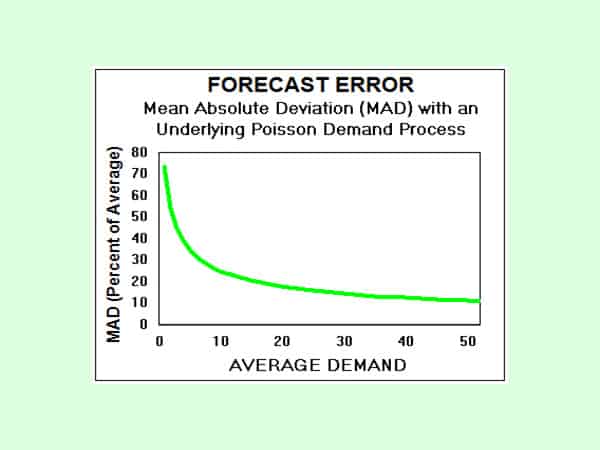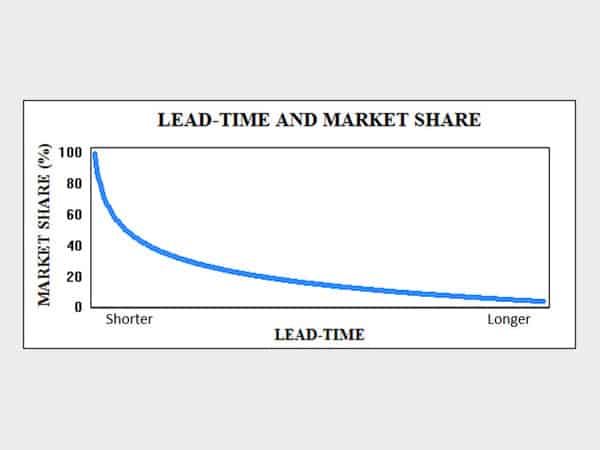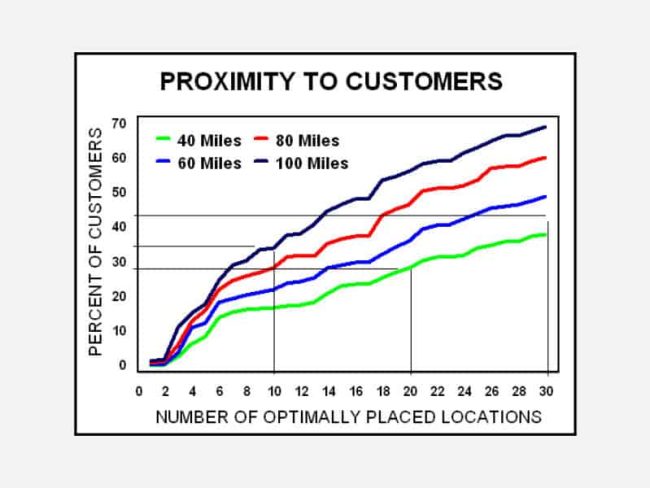Managing Inventory in the Downturn
The signs of the coming downturn are widespread. UPS volume slows 10%, Amazon lays off warehouse workers and stalls its expansion. The list goes on. Inventories expand in downturns. Inventory Turns drop. How can we cope? Here are simple practical steps to stem the routine inventory expansion in downturns.
Almost all forecasts are a mixtures of recent and older history, recent and older past unit sales. For example, in the exponential smoothing technique with a smoothing…











